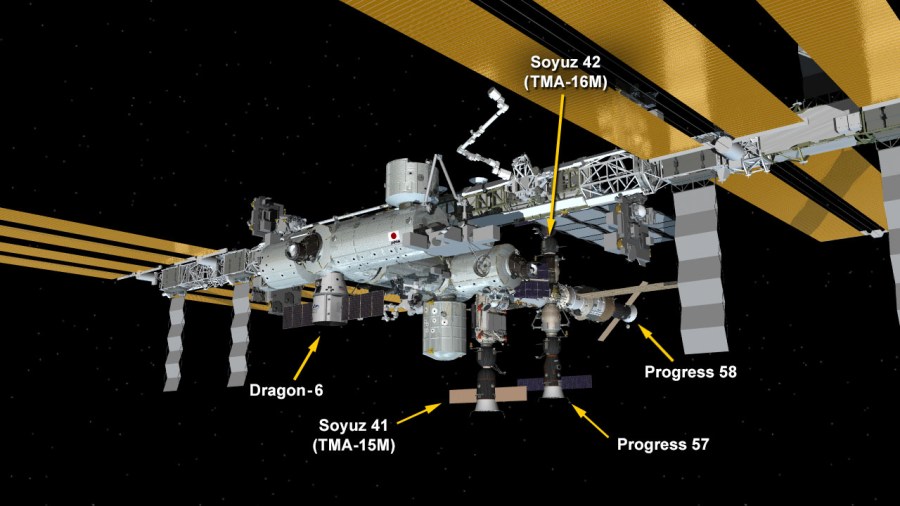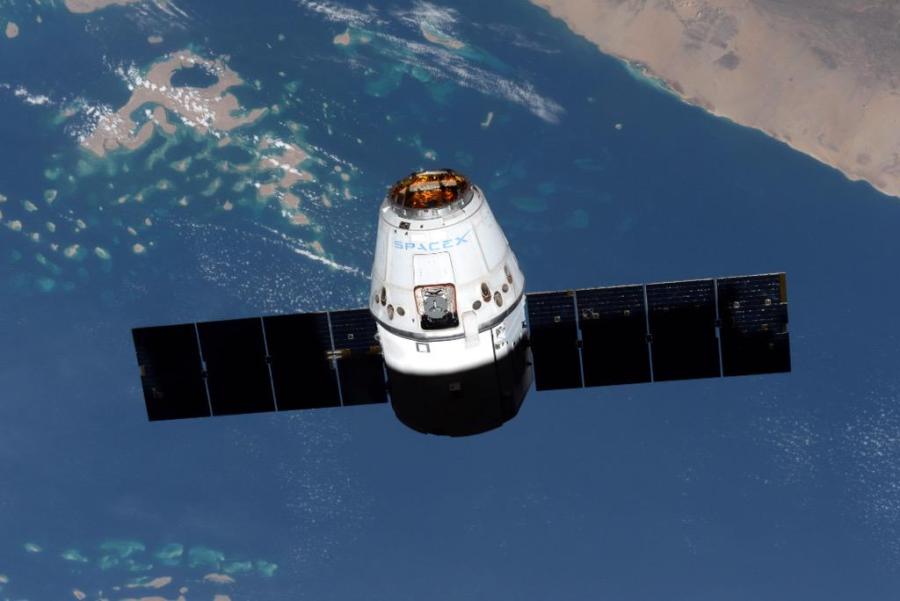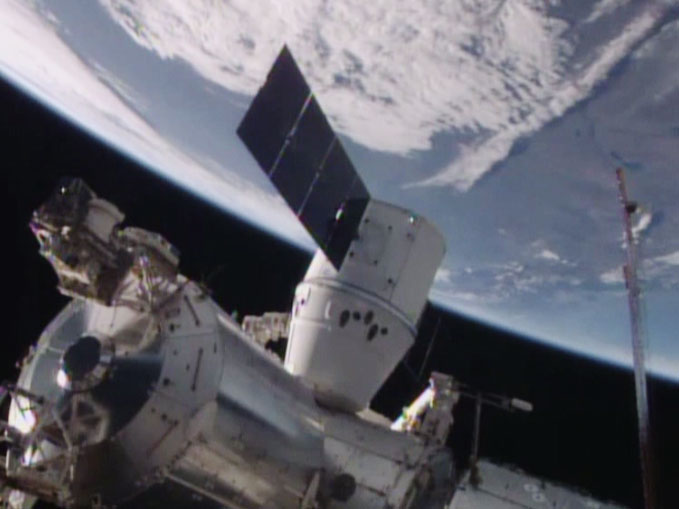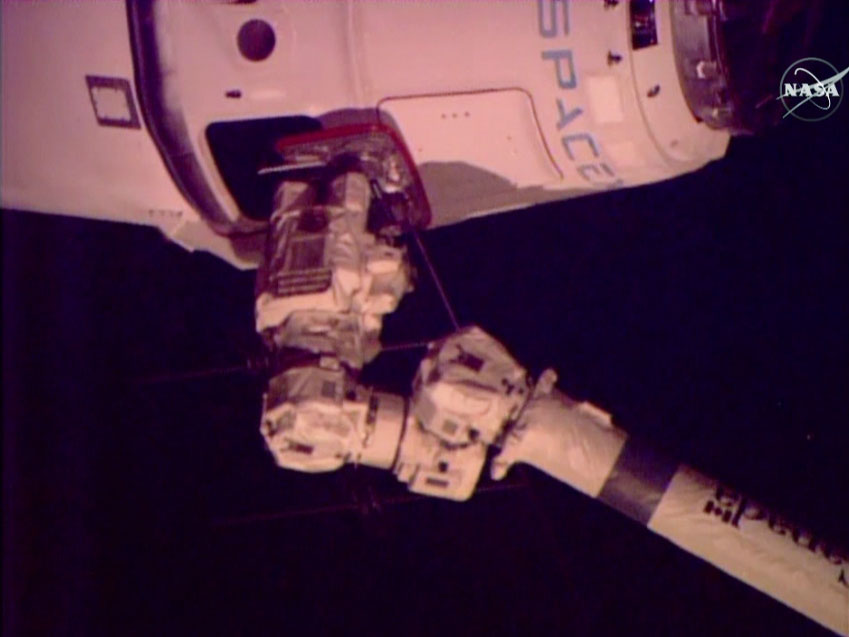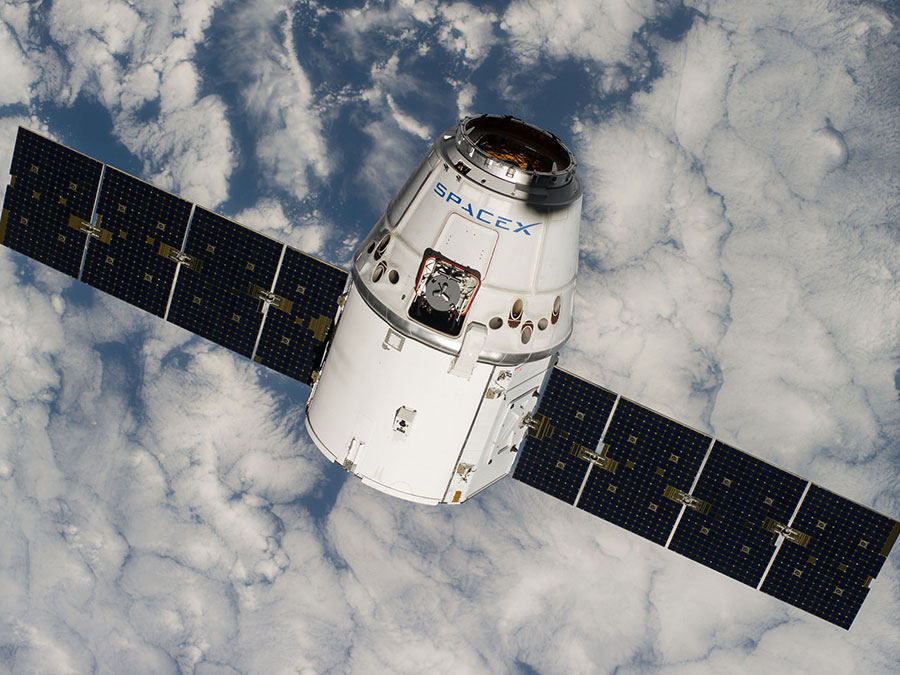Rodent Research-2 Center for the Advancement of Science in Space (RR-2 CASIS): Sunday, the crew successfully performed the RR-2 transfer activities, moving the animals from the transporters delivered on SpaceX-6 (SpX-6) to their Habitats. Today, Virts and Cristoforetti cleaned the Access Unit and stowed the transporters. Kelly and Virts completed a procedure review, video setup, …




























